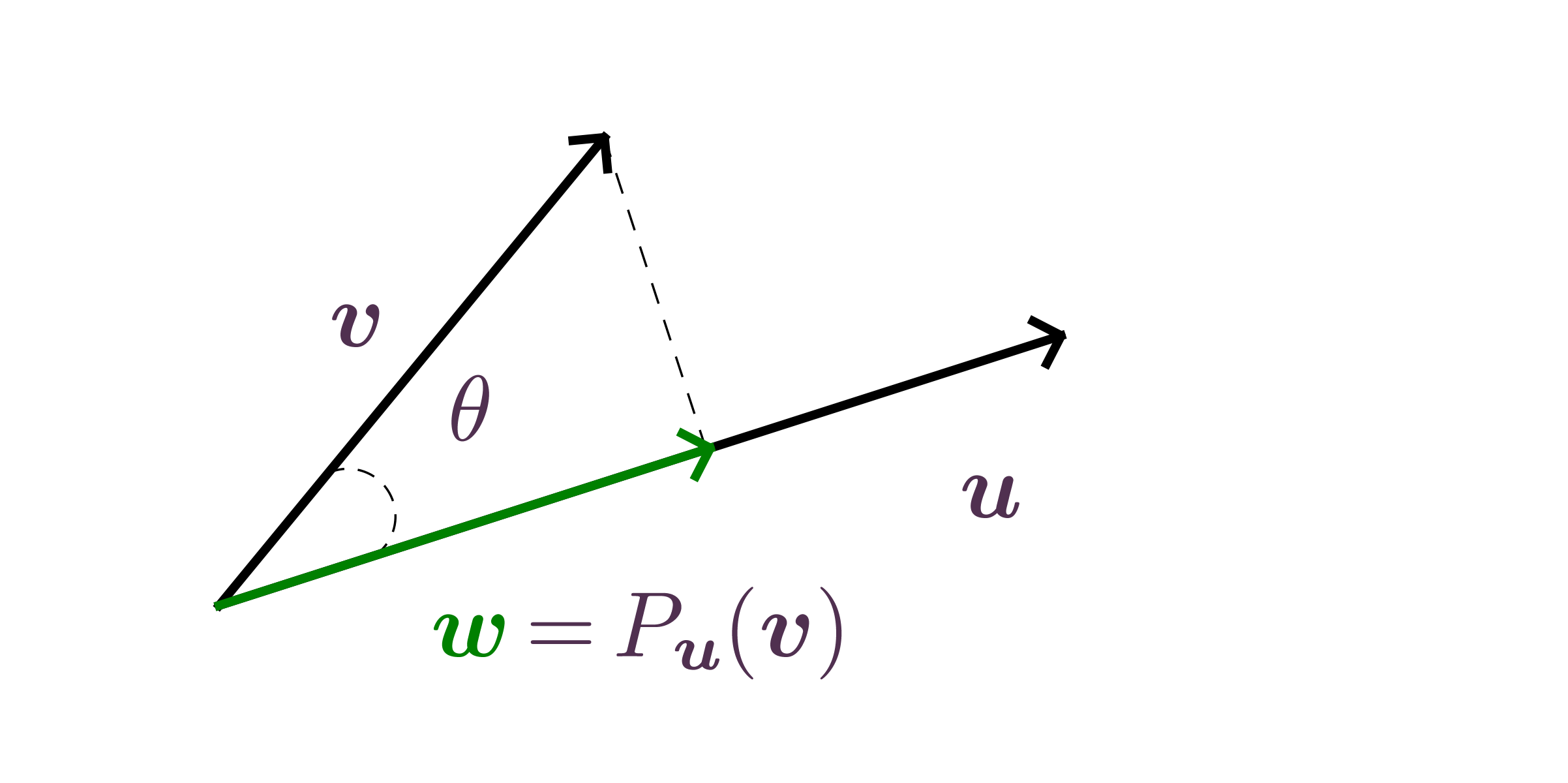Definition.
(Relation)
. A relation
between two sets
is a subset of the Cartesian product ,
.
Definition.
(Function)
. A function from set to set
is a relation ,
that associates to
a single .
-
Common notation ,
,
-
Examples: ,
-
Operations defined in
are addition and multiplication .
Polynomial functions combine these operations
.
Definition.
(Functional)
. A function from vector set of vector space to scalar set is a called a functional, .
Definition.
(Linear
functional) . A mapping that preserves
linear combinations ,
with .
Definition.
(Mapping)
. A function from vector set of vector space to vector set of vector space , .
Definition.
(Linear
Mapping) . A mapping that preserves
linear combinations ,
with .



